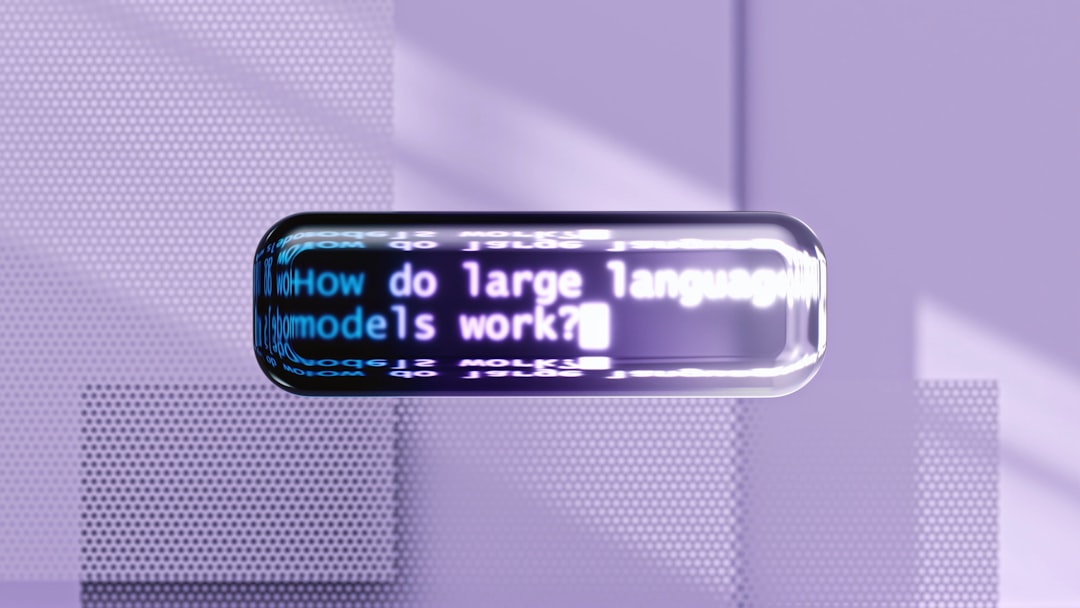
FutureProofing Healthcare with Advanced Telemetry Widget Integration Strategies
In the ever-evolving landscape of healthcare, the integration of advanced telemetry widgets plays a pivotal role in futureproofing systems. Telemetry, the automated process of collecting and transmitting data, has become indispensable in monitoring patient health, especially in remote and telehealth settings. By leveraging telemetry widgets, healthcare providers can enhance patient care, streamline operations, and prepare for future technological advancements.
Understanding Telemetry in Healthcare
Telemetry in healthcare refers to the use of various technologies to collect patient data remotely and transmit it to healthcare providers for monitoring and analysis. This allows for real-time tracking of vital signs, medication adherence, and chronic disease management. The integration of telemetry widgets into healthcare systems enhances this capability, providing a more seamless experience for both patients and providers.
The Role of Advanced Telemetry Widgets
Advanced telemetry widgets serve as essential tools in collecting and displaying patient data. These widgets can be integrated into Electronic Health Records (EHRs), mobile applications, and other healthcare platforms, enabling healthcare professionals to access critical information at their fingertips. Key functionalities include:
- Real-time Monitoring: Continuous data collection from devices such as heart rate monitors, glucose meters, and activity trackers.
- Alerts and Notifications: Automated alerts for abnormal readings or critical changes in a patient’s condition.
- Data Visualization: User-friendly displays that translate complex data into actionable insights.
Current Developments in Telemetry
The integration of advanced telemetry widgets has seen significant developments in recent years. Notably, the emergence of Internet of Things (IoT) devices has revolutionized how healthcare providers monitor patients. Smart wearables, such as fitness trackers and smartwatches, now have medical-grade capabilities, allowing for more precise data collection.
Case Study: Remote Patient Monitoring
A compelling example of the successful integration of telemetry widgets is the case of a remote patient monitoring program launched by a leading healthcare provider. By utilizing advanced telemetry widgets, the program was able to monitor patients with chronic conditions like diabetes and heart disease. The results were impressive:
- Reduced Hospital Readmissions: By monitoring patients’ vital signs in real time, the program reduced hospital readmission rates by 30%.
- Increased Patient Engagement: Patients reported feeling more empowered and engaged in their health management due to regular updates and feedback via the telemetry widgets.
Emerging Trends in Telemetry Widget Integration
As technology continues to advance, several emerging trends are shaping the future of telemetry widget integration in healthcare:
1. Artificial Intelligence and Machine Learning
The incorporation of AI and machine learning into telemetry systems enables predictive analytics. This allows healthcare providers to identify potential health risks before they become critical. For instance, algorithms can analyze patterns in telemetry data to forecast a patient’s likelihood of developing complications, thus enabling proactive interventions.
2. Interoperability
Interoperability between various healthcare systems is crucial for seamless telemetry data exchange. Advanced telemetry widgets that adhere to standards like Fast Healthcare Interoperability Resources (FHIR) enable different platforms to communicate effectively, ensuring comprehensive patient care.
3. Enhanced Patient-Centric Solutions
The focus is shifting towards patient-centric solutions, where patients have direct access to their telemetry data. This empowers individuals to take charge of their health, leading to improved outcomes. Widgets that provide insights into personal health data can motivate patients to adhere to treatment plans.
Expert Insights
According to Dr. Jane Smith, a leading telehealth expert, “The future of healthcare relies on our ability to integrate advanced telemetry solutions into everyday practice. It’s not just about collecting data; it’s about transforming that data into actionable insights that can truly enhance patient care.”
Conclusion
As healthcare continues to embrace technology, advanced telemetry widget integration strategies will play a critical role in futureproofing the industry. By adopting these innovations, healthcare providers can enhance patient care, improve operational efficiency, and stay ahead in a rapidly changing environment.
For further reading on this topic, consider exploring resources like HealthIT.gov, which provides insights into health information technology trends, or HIMSS, which discusses interoperability and telehealth advancements.
Stay informed about the latest trends in healthcare technology by subscribing to relevant newsletters and engaging with online communities. By sharing this article, you contribute to spreading knowledge about the essential advancements in healthcare telemetry.
Glossary of Terms
- Telemetry: The automated process of collecting and transmitting data from remote sources.
- EHR (Electronic Health Records): Digital versions of patients’ paper charts.
- IoT (Internet of Things): Network of devices connected to the internet that can collect and exchange data.
For those interested in implementing advanced telemetry solutions, consider exploring platforms that offer customizable widget integration to meet specific healthcare needs. The future of healthcare is bright, and telemetry will undoubtedly be at the forefront of this transformation.


